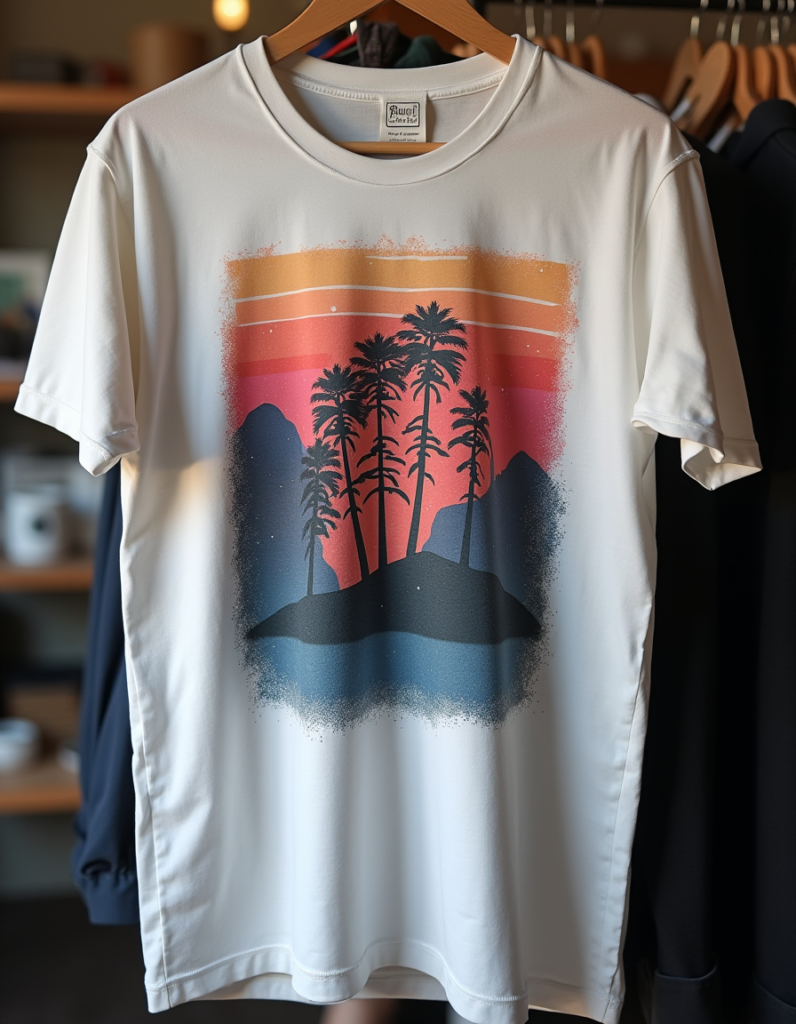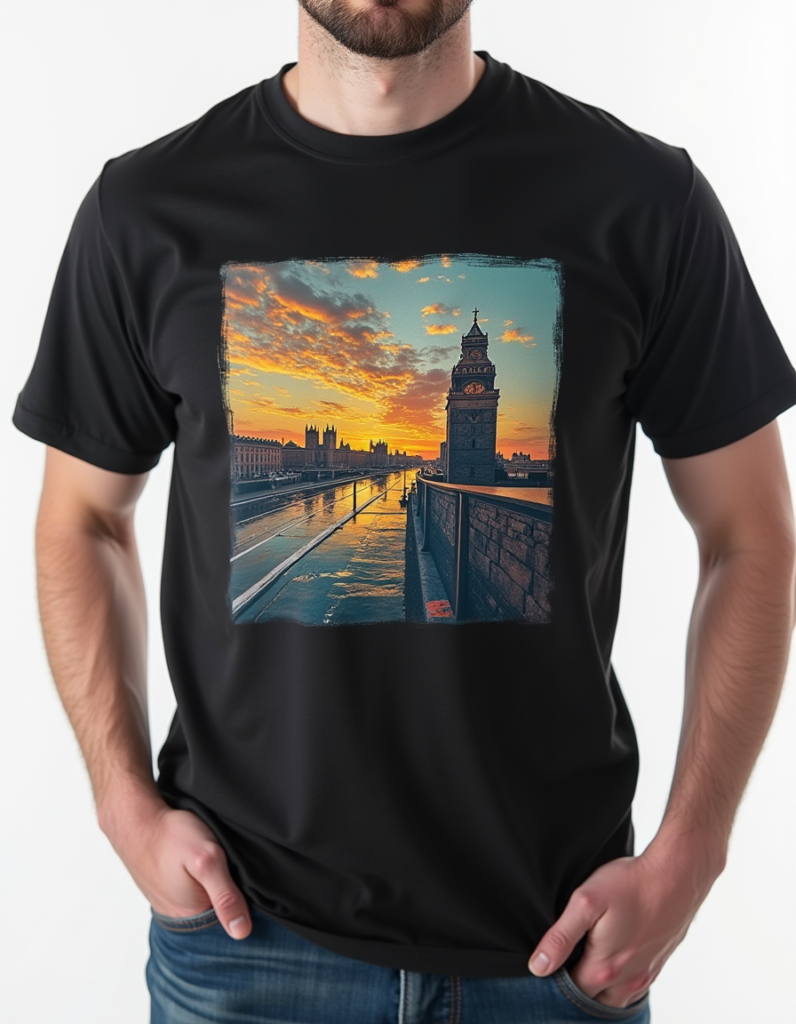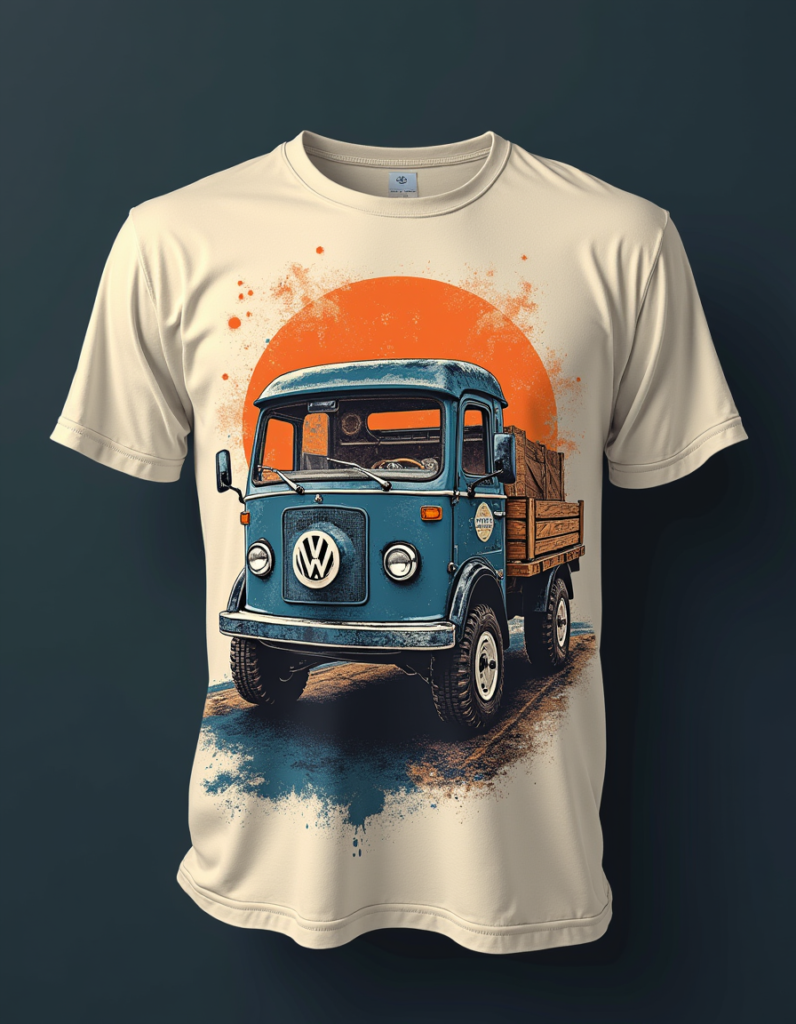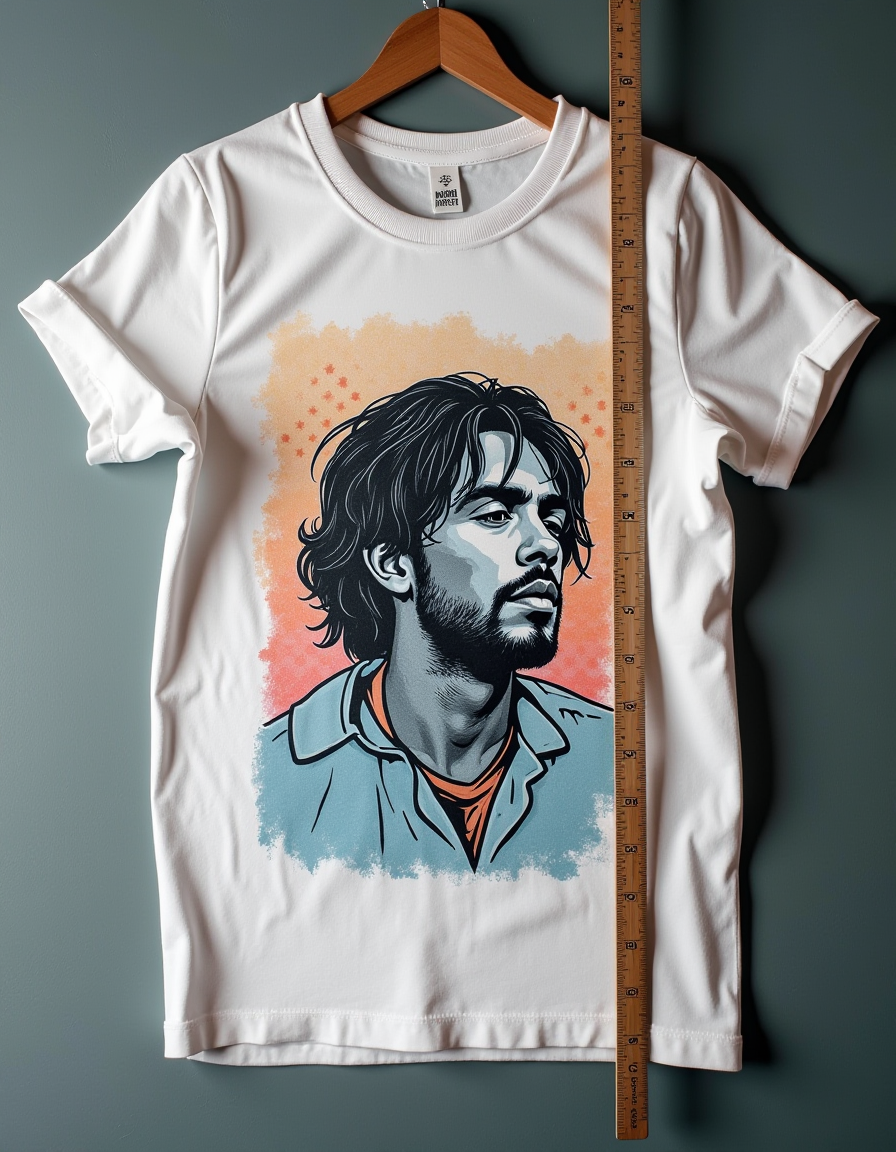
Choosing the Best T-Shirt Graphic Size
When it comes to designing t-shirts, one of the most crucial aspects to consider is the size of the graphic. The dimensions of your design can significantly impact the overall aesthetic and appeal of the shirt. Graphics can range from small pocket designs to large, full-front prints, and each size serves a different purpose and audience.
Understanding the various graphic sizes available is essential for creating a successful print-on-demand product that resonates with customers. Small graphics, often placed on the chest or sleeve, can convey a sense of subtlety and sophistication. They are perfect for minimalist designs or logos that require a more understated approach.
On the other hand, larger graphics can make a bold statement and are ideal for eye-catching designs that aim to attract attention. By familiarizing yourself with the different graphic sizes, you can better tailor your designs to meet the expectations of your target market, ensuring that your t-shirt graphics stand out in a crowded marketplace.
Key Takeaways
- Different graphic sizes can have different visual impacts on a t-shirt
- Placement of the graphic on the t-shirt can affect its overall look and feel
- Matching the graphic size to the t-shirt size is important for a balanced design
- Balancing the graphic size with the t-shirt color can enhance the overall aesthetic
- Different t-shirt styles may require different graphic sizes for the best visual impact
Considering the Placement of the Graphic
Visual Impact and Perception
The placement of your graphic design is just as crucial as its size. The position of your design on the t-shirt can significantly affect its visual impact and how it is perceived by potential buyers.
Common Placement Options
Common placements include the center of the chest, the back, or even along the sides of the shirt. Each placement option offers unique advantages and can cater to different styles and preferences.
Enhancing Appeal through Strategic Placement
For instance, a graphic placed centrally on the chest is often seen as a classic choice, making it suitable for a wide range of audiences. Conversely, designs that are positioned on the back can create an element of surprise and intrigue, especially if they feature intricate details that are not immediately visible. Additionally, side placements can offer a modern twist, appealing to fashion-forward consumers who appreciate innovative design approaches.
Matching the Graphic Size to the T-Shirt Size

Another critical factor in t-shirt design is ensuring that the graphic size corresponds appropriately with the t-shirt size. A large graphic on a small shirt can appear overwhelming and out of proportion, while a tiny graphic on an oversized shirt may look lost and insignificant. Striking the right balance between graphic size and t-shirt size is essential for creating a cohesive and visually appealing product.
When designing for different t-shirt sizes, it’s important to consider how the graphic will be perceived from various distances. For smaller sizes, opting for slightly smaller graphics can help maintain a balanced look, while larger sizes may benefit from more substantial designs that fill the space effectively. This attention to detail not only enhances the visual appeal but also ensures that your designs cater to a diverse range of body types and preferences, ultimately broadening your customer base.
Balancing the Graphic Size with the T-Shirt Color
| T-Shirt Color | Graphic Size | Customer Preference |
|---|---|---|
| White | Medium | High |
| Black | Large | Medium |
| Gray | Small | Low |
The color of the t-shirt plays a significant role in how a graphic is perceived, and it’s essential to balance graphic size with t-shirt color for optimal results. A vibrant graphic on a dark shirt can create a striking contrast that draws attention, while lighter colors may require more careful consideration to ensure visibility and impact. Understanding color theory and how different hues interact can help you make informed decisions about your designs.
For example, if you’re working with a black t-shirt, using bright colors like white, yellow, or neon shades can create an eye-catching effect. Conversely, if you’re designing for a pastel-colored shirt, opting for softer tones in your graphics can create a harmonious look. Additionally, consider how the size of your graphic will affect its visibility against different colors; larger graphics may stand out more prominently on lighter shirts, while smaller designs may need to be bolder or more intricate to maintain their impact on darker fabrics.
Choosing the Right Graphic Size for Different T-Shirt Styles
Different t-shirt styles call for different graphic sizes and placements. For instance, fitted tees often look best with smaller graphics that accentuate the body’s shape without overwhelming it. In contrast, oversized or relaxed-fit shirts can accommodate larger graphics that make bold statements.
Understanding these nuances is vital for creating designs that resonate with specific fashion trends and consumer preferences. Moreover, specialty t-shirt styles such as crop tops or long sleeves may require unique considerations regarding graphic size and placement. A crop top might benefit from a centered graphic that draws attention to the upper body, while long sleeves could feature smaller designs along the sleeves or a larger graphic on the back.
By tailoring your graphic sizes to match various t-shirt styles, you can create versatile products that appeal to a broader audience and align with current fashion trends.
Customizing Graphic Sizes for Different Demographics

Understanding Demographics in T-Shirt Design
Demographics play a crucial role in determining the ideal graphic size for t-shirt designs. Different age groups, genders, and cultural backgrounds have distinct preferences when it comes to graphic styles and sizes. For instance, younger audiences tend to favor larger, bolder graphics that make a statement, while older consumers often prefer more subtle designs that reflect their personal style.
The Influence of Cultural Nuances
Understanding cultural nuances is essential in tailoring designs to specific demographics effectively. Certain symbols or imagery may resonate more strongly with particular cultural groups, influencing both size and style choices. This highlights the importance of considering cultural backgrounds when creating graphic designs for t-shirts.
Customizing Graphic Sizes for Target Audiences
By conducting thorough market research and understanding your target audience’s preferences, you can customize your graphic sizes to create products that truly resonate with different demographics. This approach enables designers to create t-shirt designs that cater to the unique tastes and preferences of various age groups, genders, and cultural backgrounds.
Effective Design through Market Research
Ultimately, effective design is about understanding your target audience and creating products that meet their needs and preferences. By taking demographics into account and conducting thorough market research, designers can create t-shirt designs that appeal to a wide range of consumers and leave a lasting impression.
Taking into Account the Printing Method
The printing method you choose for your t-shirt graphics can also influence the appropriate graphic size. Different printing techniques have varying limitations regarding detail and size; for instance, screen printing may require larger designs to ensure clarity and vibrancy, while digital printing allows for more intricate details even in smaller graphics. Understanding these nuances is essential for producing high-quality prints that meet customer expectations.
Moreover, some printing methods may have specific requirements regarding file resolution and dimensions. For example, if you’re using digital printing for high-resolution graphics over 5000 px, ensuring that your designs are optimized for this method will result in sharper images and better overall quality. By taking into account your chosen printing method when determining graphic sizes, you can ensure that your final product meets both aesthetic and technical standards.
Ensuring the Graphic Size Complements the Overall Design
Finally, it’s crucial to ensure that your graphic size complements the overall design of the t-shirt. This means considering not only the graphic itself but also other elements such as typography, color schemes, and additional design features. A well-balanced design will create a cohesive look that draws attention without overwhelming viewers.
For instance, if your t-shirt features both text and graphics, it’s essential to ensure that neither element overshadows the other. The size of your graphic should harmonize with any accompanying text to create an integrated design that feels intentional and polished. Additionally, considering how different elements interact visually will help you create designs that are not only aesthetically pleasing but also effective in conveying your intended message or theme.
In conclusion, designing t-shirts involves much more than simply choosing a graphic; it requires careful consideration of various factors such as size, placement, color balance, style compatibility, demographic preferences, printing methods, and overall design cohesion. By understanding these elements and applying them thoughtfully in your designs at GraphicsForTees.com, you can create stunning t-shirt graphics that resonate with customers and stand out in today’s competitive print-on-demand market.
FAQs
What is the best size for a t-shirt graphic?
The best size for a t-shirt graphic can vary depending on the design and the placement on the shirt. However, a common size for a full front or back graphic is around 4000 px by 4000 px.
What is the recommended resolution for a t-shirt graphic?
For a high-quality print, it is recommended to use a resolution of at least 300 DPI (dots per inch) for the t-shirt graphic.
What are the factors to consider when determining the size of a t-shirt graphic?
Factors to consider when determining the size of a t-shirt graphic include the design itself, the placement on the shirt, and the desired visual impact. It’s important to ensure the graphic is not too small or too large for the shirt.
Can the size of a t-shirt graphic affect the cost of printing?
Yes, the size of a t-shirt graphic can affect the cost of printing. Larger graphics may require more ink and printing time, which can result in higher printing costs.
Are there standard size guidelines for t-shirt graphics?
While there are no strict standard size guidelines for t-shirt graphics, many printing companies and designers use common sizes such as 11 inches by 11 inches for full front or back graphics as a starting point. It’s important to consider the specific requirements of the design and the shirt when determining the size.

Leave a Reply